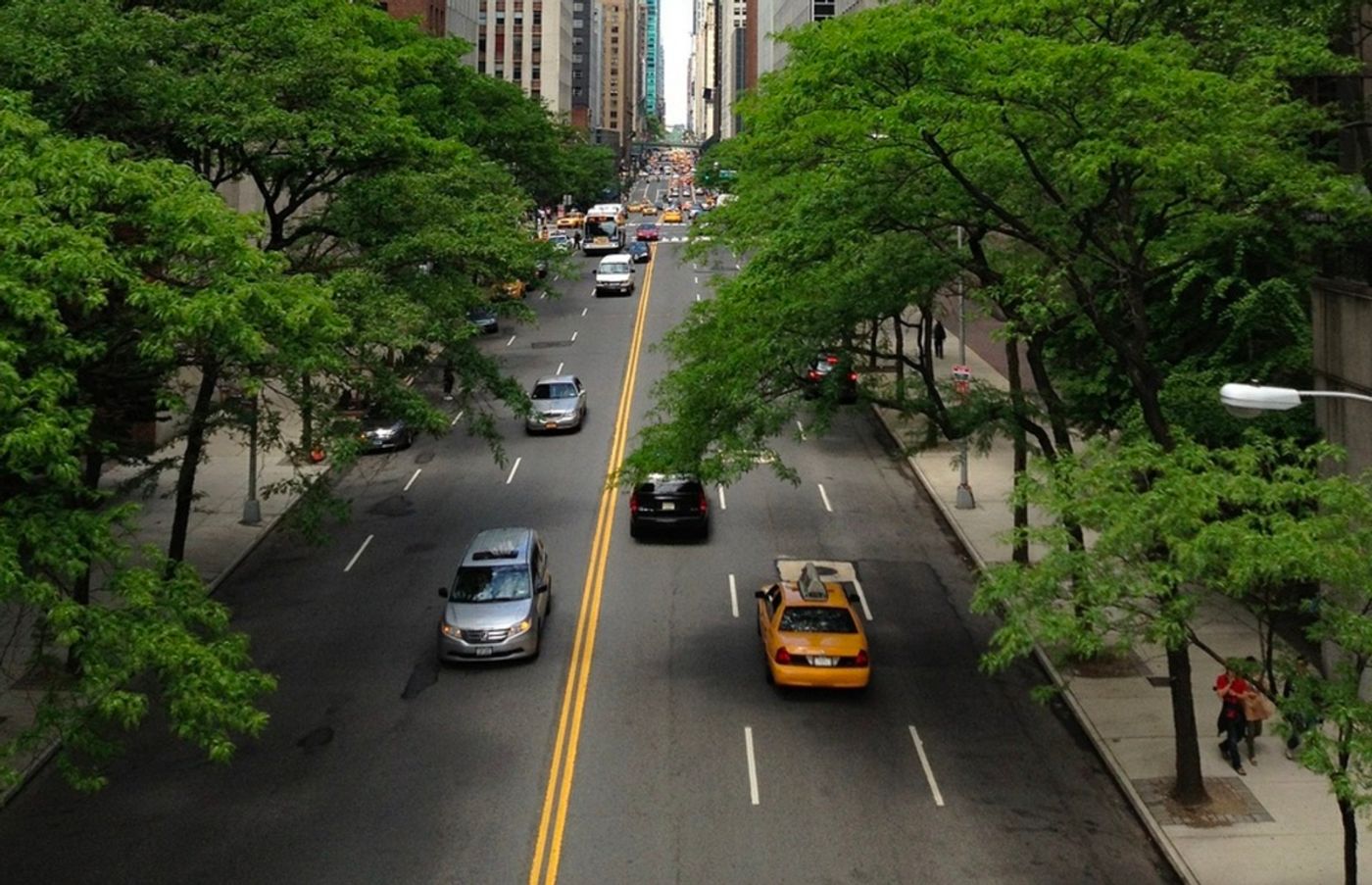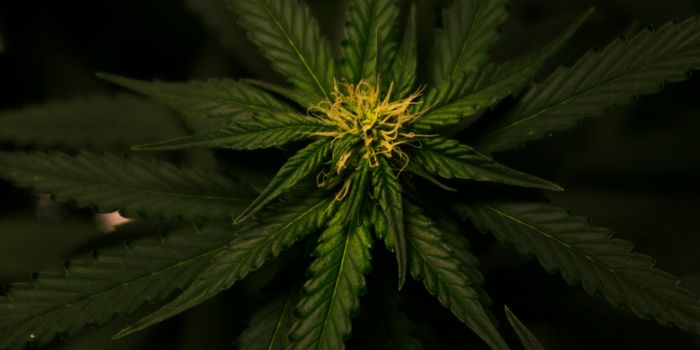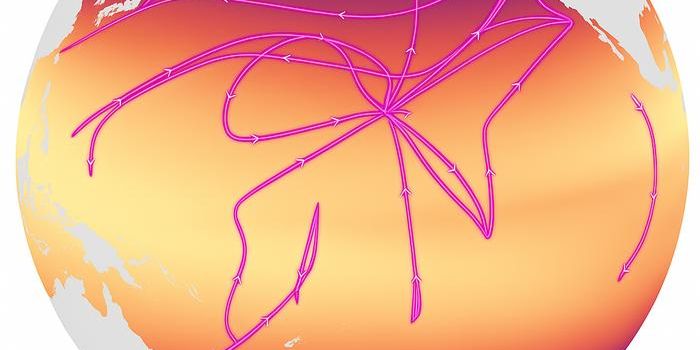Tree Growth Acceleration is More Noticeable in Urban Areas
There has long been speculation that trees grow quicker in urban environments than in their rural counterparts, and researchers from the Technical University of Munich wanted to know whether they could validate these claims once and for all.
Image Credit: Pixabay
With their goal highlighted from the start, the team ventured out into the real world to collect physical tree data and conduct an in-depth analysis. Their findings are now published in the journal Scientific Reports.
Perhaps unsurprisingly for some, the team uncovered evidence that supports the longstanding notion that tree growth accelerates in urban environments.
A phenomenon dubbed the ‘heat island’ effect occurs more prominently in urban settings than rural ones. Because urban settings get so much warmer, trees in these environments respond in ways that encourage accelerated growth patterns.
The researchers cite two different mechanisms that can cause this to happen: 1) the additional heat signals to the plant to shift its photogenic activity into overdrive; and 2) the vegetation period gets prolonged, which means the tree has more time to grow with each passing year.
“We can show that urban trees of the same age are larger on average than rural trees because urban trees grow faster,” explained Professor Hans Pretzsch, the lead author of the study. “While the difference amounts to about a quarter at the age of 50, it is still just under 20 percent at a hundred years of age.”
Related: Trees have a defense mechanism against being eaten
They also found that accelerated growth also correlates with accelerated aging, which implies that trees need to be replaced more often in urban settings than rural ones. All in all, this would cost cities more in maintenance funds in the long run.
The study also underscores other potential drivers behind tree growth acceleration, including climate change and fertilizer usage, just to name a few. Many of these patterns purportedly began in the 1960s and became progressively worse as time went on.
Unfortunately, data linking tree growth acceleration to urban settings is limited, and so it's difficult to say for sure precisely what triggers these patterns. Nevertheless, additional research could teach us more about trees and what to expect as the world becomes more urbanized; especially as the human population continues to expand exponentially.
Source: Technical University of Munich









